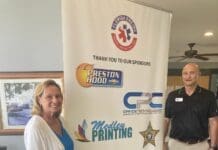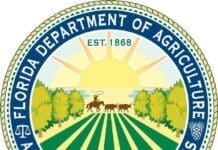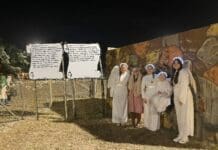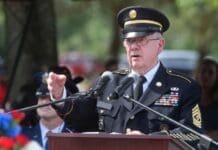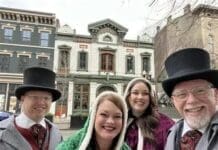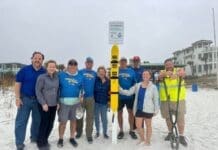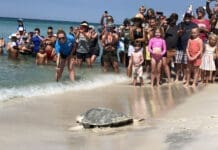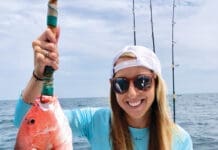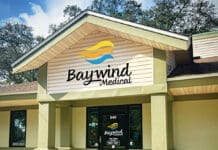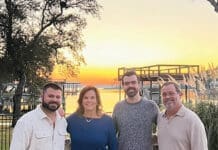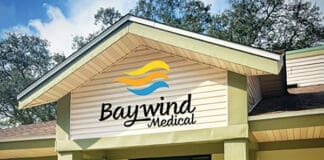
By Kelly Murphy-Redd
Cassie is Office Coordinator for Fort Walton Beach Chiropractic. Growing up, her only ambition was to have babies and be a mom. She says her own mother was great and looked up to her for taking in babies and kids into their home. Her parents took in many kids over the years and some of them still call her parents mom and dad.
Cassie met her husband when she was age 15 and they married when she was 17. Her husband had a daughter age 2 ½ when they started dating. She was 5 when they married. Cassie was stepmom at 17. She and her husband wanted to wait five years before having their own children. They had their first daughter year five and 15 months later, had their second daughter. They wanted them to be close together.
From Kansas originally, Cassie moved to Okaloosa County in 2016. Her husband was from here and she loves it. She hates the cold. Together, they fostered 14 kids over four years. Cassie met another foster mom who was a surrogate.
Wanting to be a surrogate for others, Cassie learned you can’t be a surrogate until you have had your own biological children. She contacted Creative Family Connections in Maryland to explore surrogacy. Cassie liked the process of pregnancy and wanted to help people have children of their own.
There are rules, such as you can’t be in financial need, your credit has to be good and you have to be in good health. Cassie had to submit medical and financial records. The application is a robust screening process. Cassie likens it to a dating profile. There are a lot of questions such as, who you are willing to carry a baby for? For example, are you willing to carry for singles or homosexuals? Are you open to having a continuing relationship with the parents and child?
Cassie and her husband answered yes to these questions. She did choose to have one embryo at a time. Otherwise she might be having twins or triplets. Some women have five embryos transferred at a time, because maybe only one will develop and In Vitro Fertilization (IVF) is expensive.
Two gay men from Denmark wanted to have children of their own. The laws were different in their own country, so they came to the United States. Each of them supplied sperm and utilized an egg donor to create the embryos. Gestational carriers have full embryos transferred. Cassie was their surrogate. She gave birth twice to sisters for the couple. The sisters are three and five now.
Then a family friend contacted Cassie to be a surrogate. This one was a two-and-a-half year process. There were complications and Cassie had to have an emergency C-Section. Cassie had already decided she would be done with having babies at number five. Surrogate agencies have different rules, but there used to be a rule that you could only have five natural births.
Cassie and her husband had made the decision to start having children young so they could go on their own adventures before retirement age. In fact, they are planning a European trip and will visit the two gentlemen and their surrogate sisters while traveling.
When asked if there was any difficulty in giving birth and then letting the surrogate babies go away, Cassie says no. There is no emotional attachment. She has no regrets and even knowing the difficulty she went through with the last pregnancy, would do it all again. While there is a financial benefit to surrogacy, she says it is heartwarming to see parents with their children. It is a giving experience and Cassie says there is a need for surrogates.

